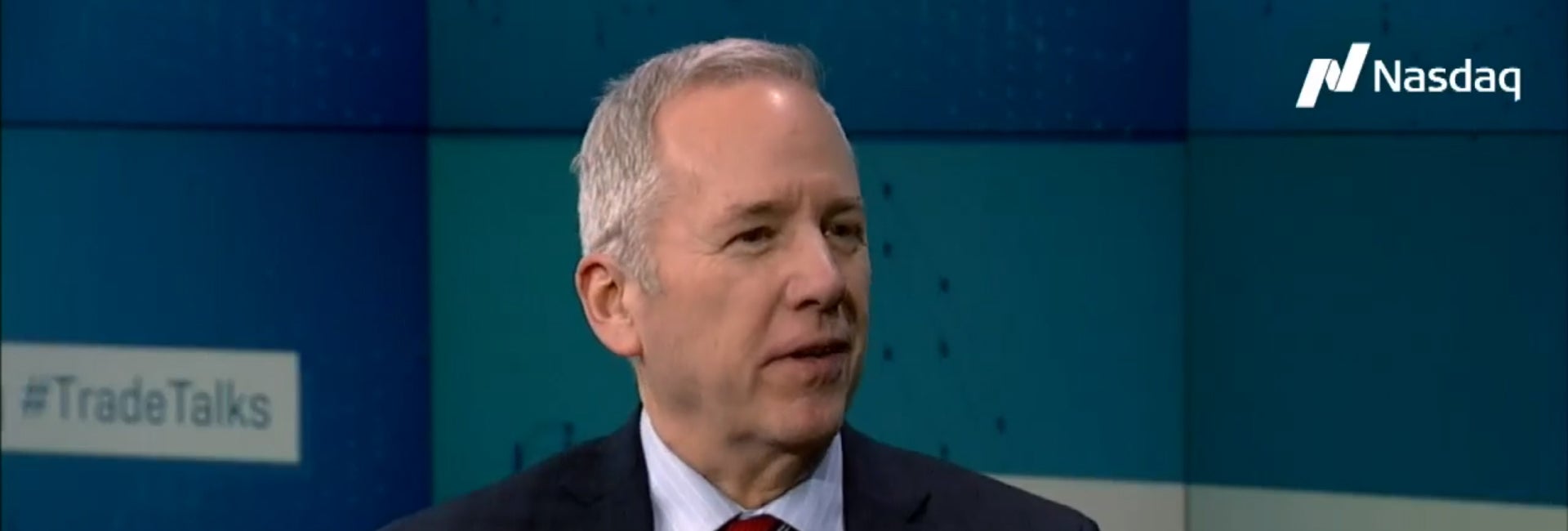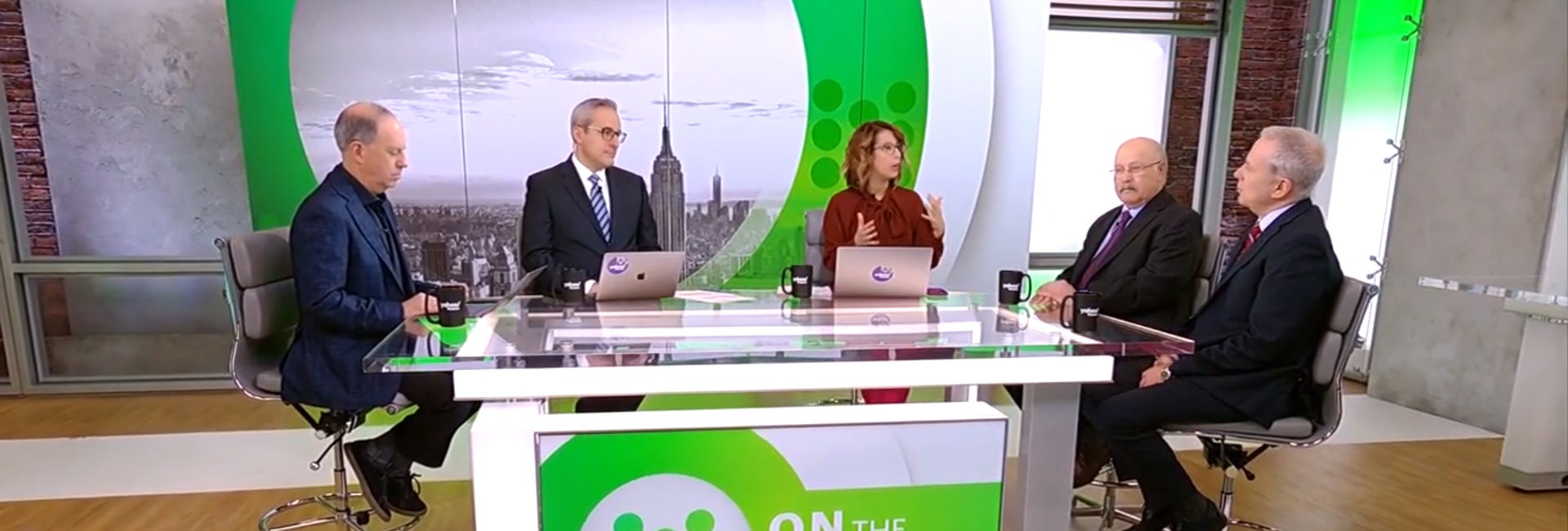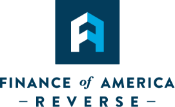 Steve Resch, Vice President of Retirement Strategies at FAR, recently gave an interview on NasDaq Trade Talks with Jill Malandrino describing changes in retirement planning. Steve explains that there is a seismic shift in the retirement landscape driven by the baby boomer demographics. Ten thousand per day become age-eligible for retirement, and they are all looking for ways to successfully fund a thirty-year or longer retirement period. They are doing this by optimizing equity in their homes for income.
Steve Resch, Vice President of Retirement Strategies at FAR, recently gave an interview on NasDaq Trade Talks with Jill Malandrino describing changes in retirement planning. Steve explains that there is a seismic shift in the retirement landscape driven by the baby boomer demographics. Ten thousand per day become age-eligible for retirement, and they are all looking for ways to successfully fund a thirty-year or longer retirement period. They are doing this by optimizing equity in their homes for income.
When looking at some home equity statistics, baby boomers have about seven trillion dollars in home equity, and that can be anywhere between a third and two thirds of their net worth. When looking at a thirty-year retirement period, it makes sense to use that as an asset class and bring that into the planning process.
Describing the details of reverse mortgages, Steve explains, “a reverse mortgage is really on an opportunity to access the equity in your home without any required payments, so there are no required principal or interest payments. The borrower is still responsible for taxes and insurance, but it’s the concept that you can have access to funds without having to make a monthly payment and so you don’t disrupt your cash flow by having to make payments for borrowed funds.”
Regarding who owns the home with a reverse mortgage, Steve says, “that’s one of the main misconceptions – this is a mortgage just like any other mortgage in that you always retain title to the property. The difference is being annuity type payments or cash. The other difference is how you pay this back. It is paid at the end of the loan term is when you permanently move out of the home or pass away. Then the family or the borrower, whoever is paying back the loan, would sell the home, or they could refinance. Any equity that would remain after the sale belongs to the family.
If they happen to owe more than the value of the property, and this is a nice protection feature about this loan, if they owe more than the value, then it’s a nonrecourse loan, so the lender only looks to the property to satisfy the loan. When you are looking at a retirement planning strategy, knowing that you have access to capital, regardless of what happens to the value of the property, that you are going to be capped at that level for repayment. This is a great peace of mind factor.
When asked how FAR fits into the reverse mortgage ecosystem, Steve explains, “Finance of America is one of the largest wholesale reverse mortgage lenders in the country, but more importantly, we are one of the leading innovators of proprietary products. Traditionally the reverse mortgage has been an FHA-insured product, but we’ve had requests and demands from our client base for more flexibility and loans for higher-value properties. We have a proprietary suite of products that are for loan amounts up to four million dollars. We do a tremendous amount of those now in coastal areas like southern California and Florida. Also, we were just approved for New York state and Massachusetts.
This article is intended for general informational and educational purposes only, and should not be construed as financial or tax advice. For more information about whether a reverse mortgage may be right for you, you should consult an independent financial advisor. For tax advice, please consult a tax professional.















I WANT TO KEEP UP TO DATE ON RETIREMENT TRENDS
Follow Us.